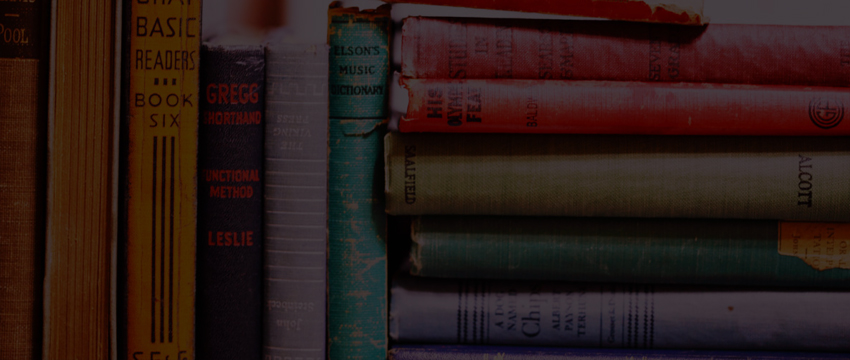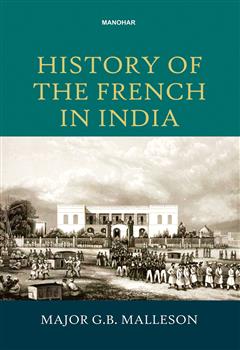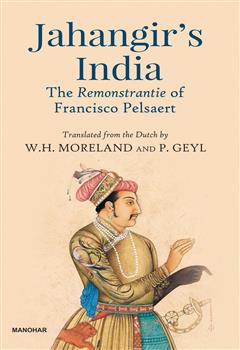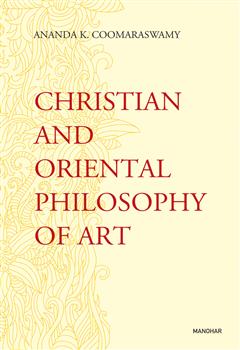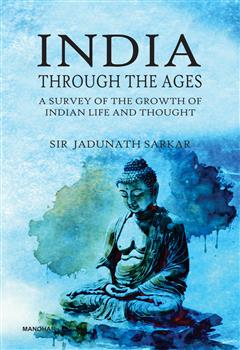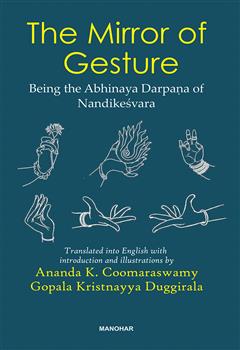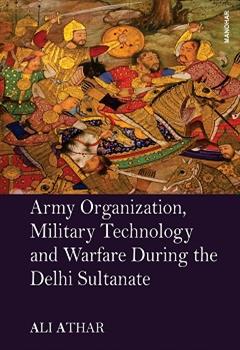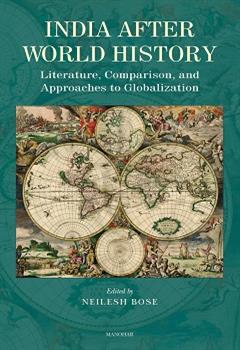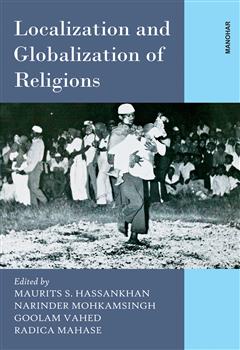History
Featured Products
Jahangir's India: The Remonstrantie of Francisco Pesaert
₹542.10
M.R.P.:₹ 695.00
You Save: ₹152.90 (22.00% OFF)
India Through the Ages: A Survey of the Growth of Indian Life and Thought
₹311.85
M.R.P.:₹ 495.00
You Save: ₹183.15 (37.00% OFF)
The Mirror of Gesture: Being the Abhinaya Darpana of Nandikesvara
₹163.80
M.R.P.:₹ 195.00
You Save: ₹31.20 (16.00% OFF)
Encyclopaedia of Indian Temple Architecture: South India: Sri Dravida Devalaya-Vastu Paribhasa Prajnapti (vol-1,Part 5)
₹7,900.00
M.R.P.:₹ 10,000.00
You Save: ₹2,100.00 (21.00% OFF)
Army Organization, Military Technology and Warfare During the Delhi Sultanate
₹932.40
M.R.P.:₹ 1,295.00
You Save: ₹362.60 (28.00% OFF)
India After World History: Literature, Comparison, and Approaches to Globalization
₹1,270.50
M.R.P.:₹ 1,650.00
You Save: ₹379.50 (23.00% OFF)
Localization and Globalization of Religions
₹1,496.25
M.R.P.:₹ 1,995.00
You Save: ₹498.75 (25.00% OFF)
Ethnic Relations in Plural Societies: Social, Economic and Political Dimensions
₹1,476.30
M.R.P.:₹ 1,995.00
You Save: ₹518.70 (26.00% OFF)

